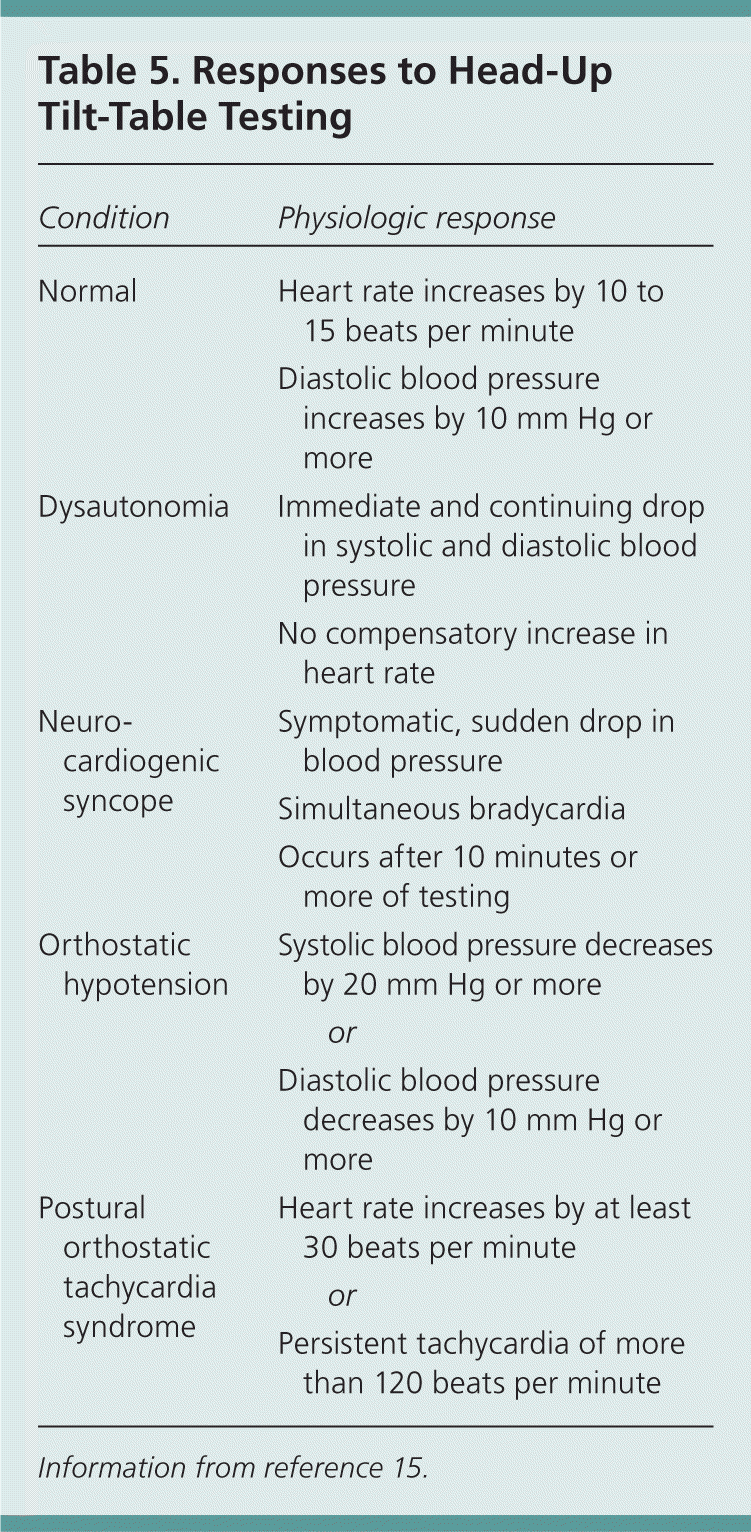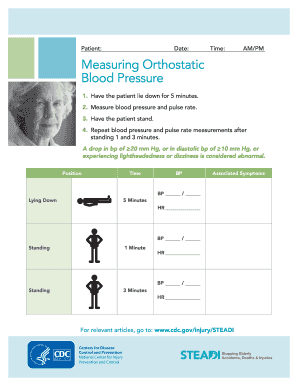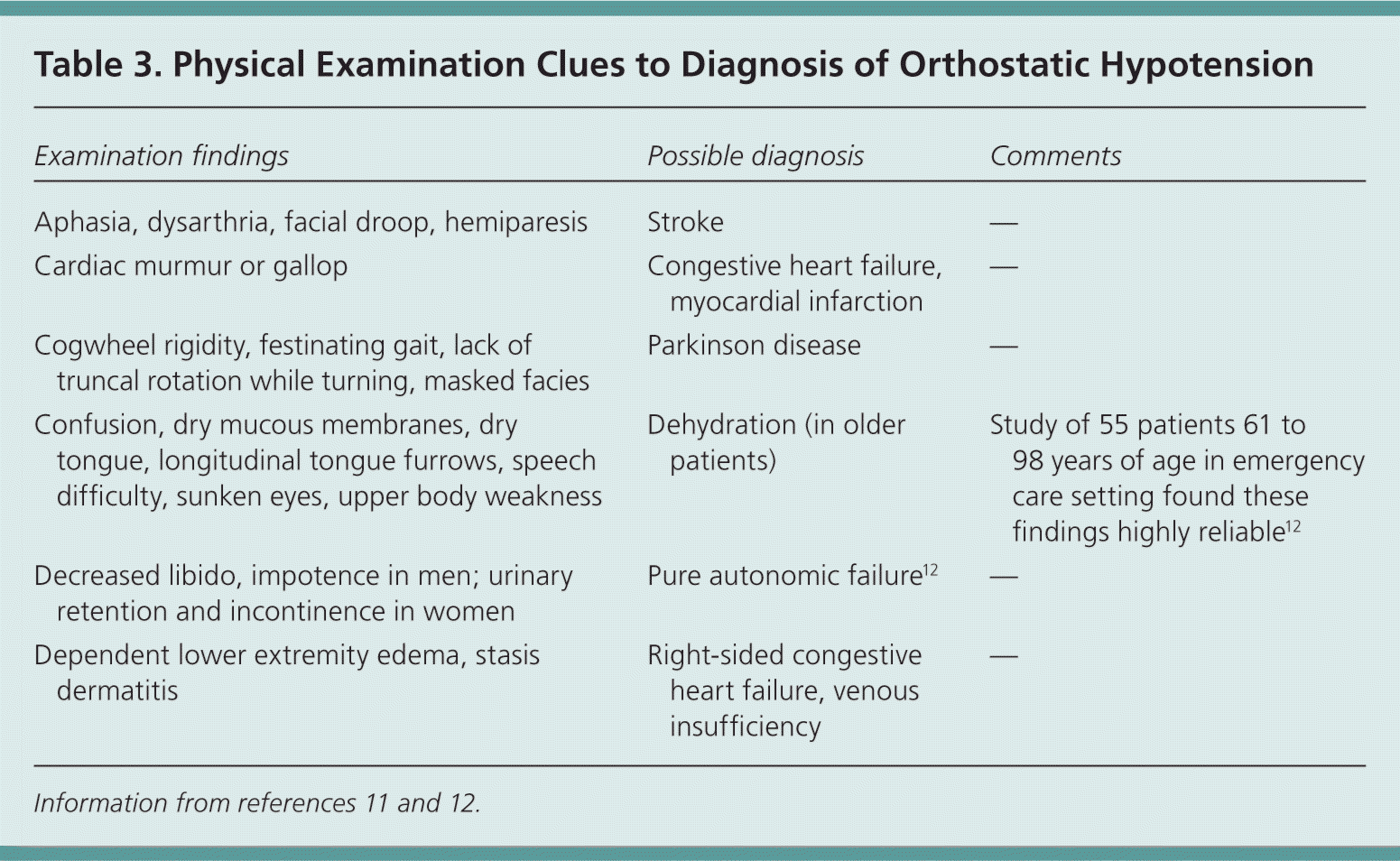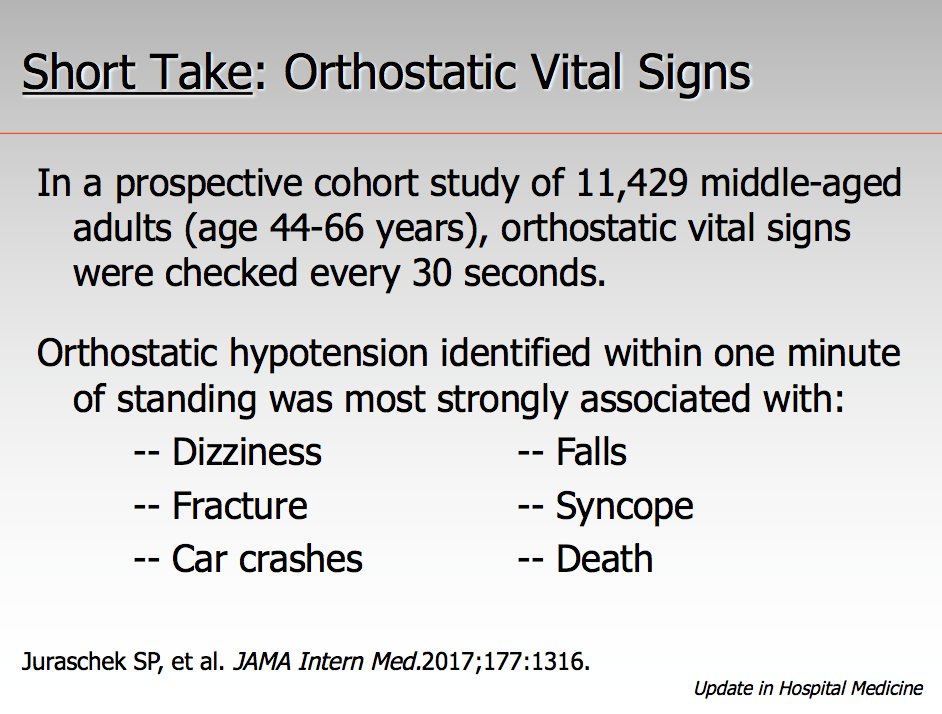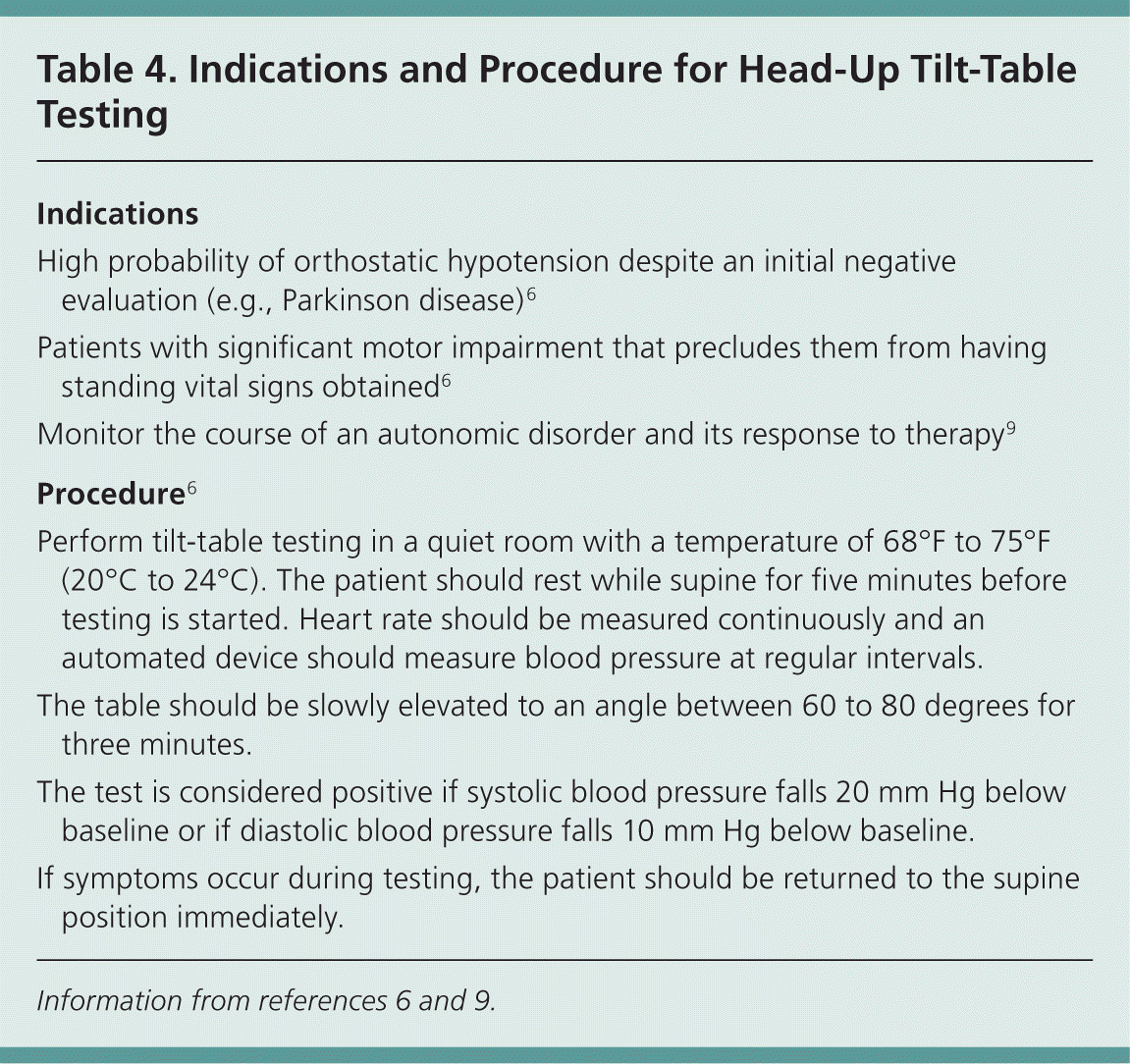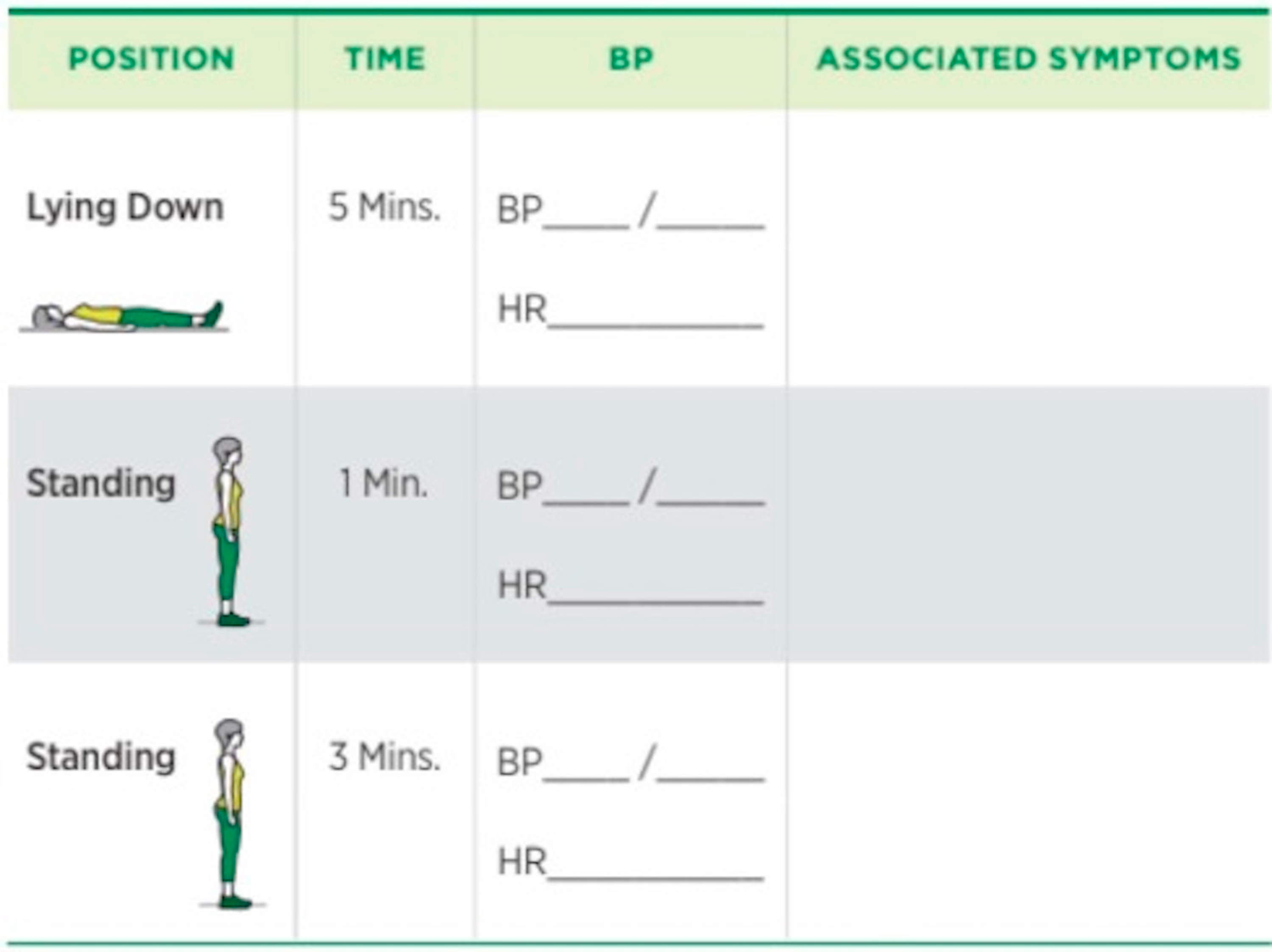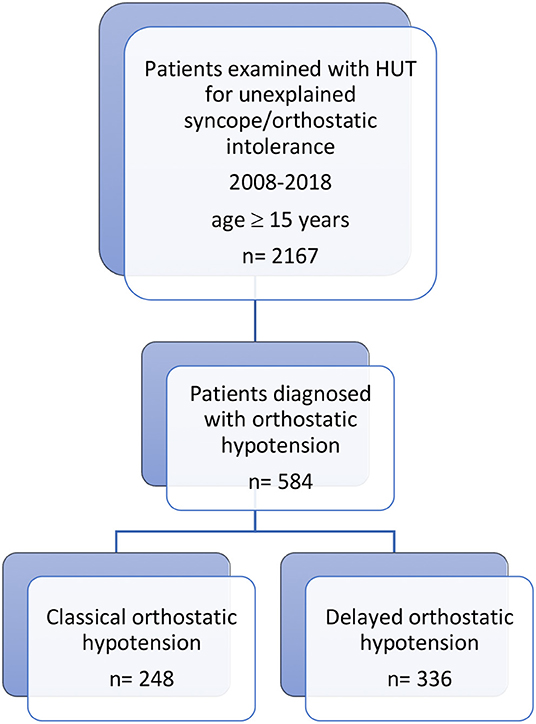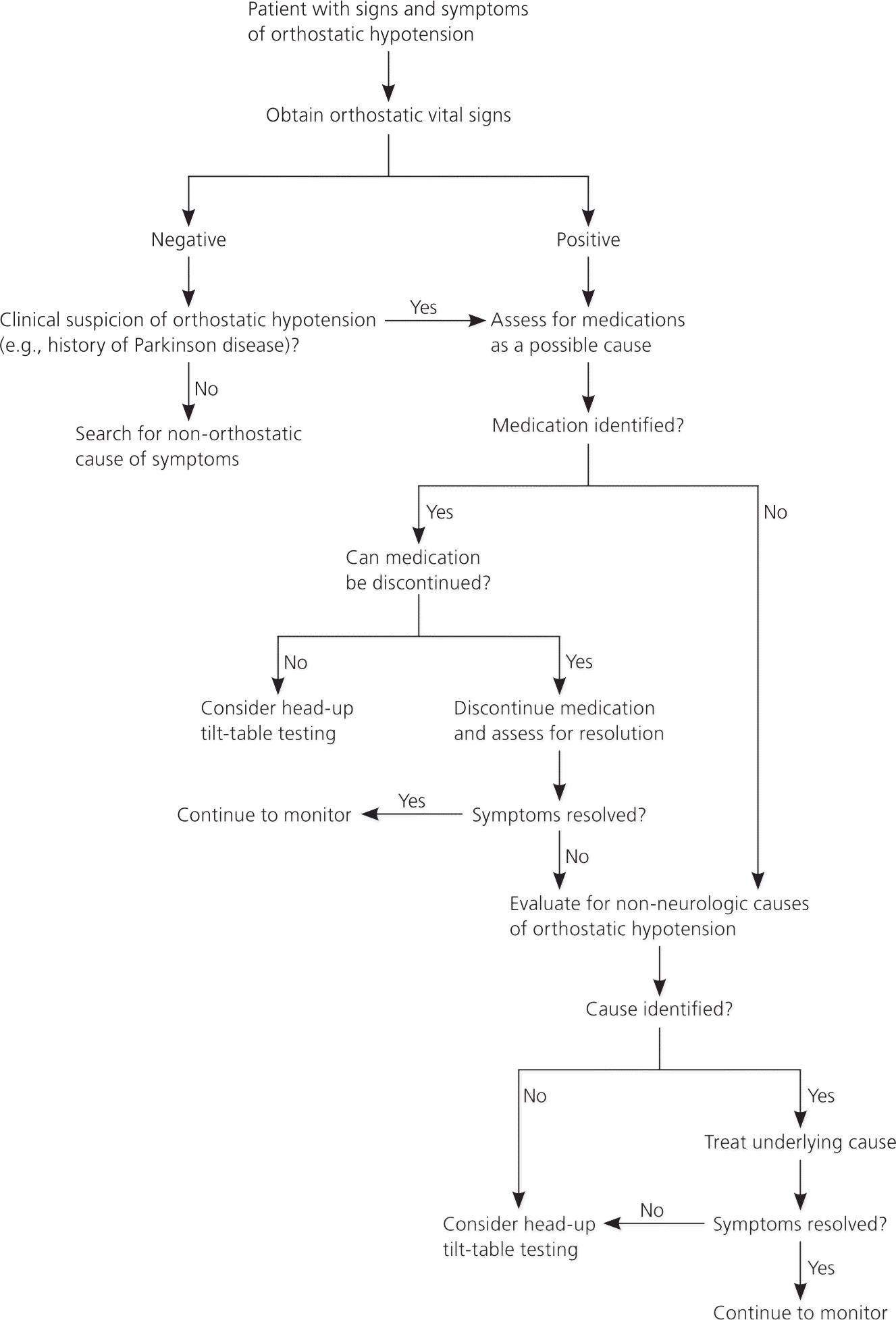Outrageous Info About How To Check Orthostatic Vitals
Subtract the pulse rate while lying down from the pulse rate while sitting or standing.
How to check orthostatic vitals. Assess vital signs, namely a pulse and evidence of respiration, to. Department of health and human services, usa/centers for disease control and prevention \(cdc\)/stopping elderly accidents, deaths &. Have patient lie in bed.
Assess by verbal report and observation the patient's ability to stand. If the patient is unable. Orthostatic hypotension due to an… to enhance venous return to the heart and thereby restore adequate cerebral perfusion.
Orthostatic blood pressure a drop in bp of ≥20 mm hg, or in diastolic bp of ≥10 mm hg, or experiencing lightheadedness or dizziness is considered abnormal. Measuring orthostatic blood pressure author: How to conduct an orthostatic vitals test
To measure orthostatic vital signs, blood pressure and heart rate should be measured in the supine position after an adequate period of recumbency (typically, at least 5 minutes). If the difference is an increase of 10. Orthostatic vital signs are a series of vital signs of a patient taken while the patient is supine, then again while standing.
[1] the results are only meaningful if. When performed correctly, orthostatic vital signs measure blood pressure and pulse changes in a sequence of lying, sitting, and standing, waiting 3 minutes between each. Instruct the patient on the process of orthostatic blood pressure measurement and its rationale.
Take the standing or sitting blood pressure (in the same arm as the initial readings) and determine the heart rate at 1 and 3 minutes after the position change. When measuring orthostatic vital signs, the blood pressure and pulse are taken in two positions: Orthostatic vital signs (blood pressure, pulse, and symptoms) will be obtained and recorded while the patient is in the supine position as well as in the standing position.





